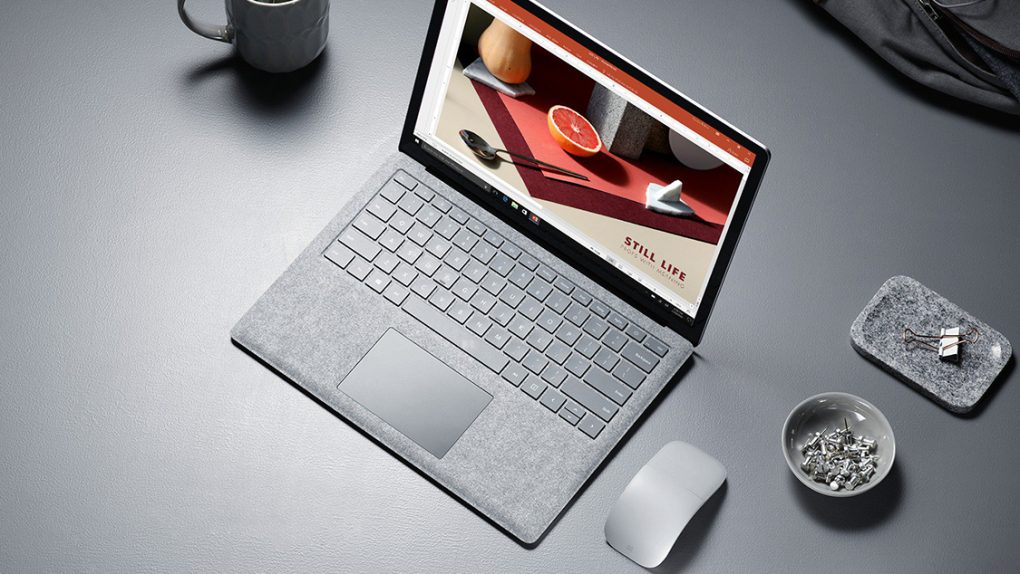Microsoft is very aware that internet speeds in rural America are no match for broadband service available in urban areas, and has a plan to fix it: Using your existing TV connection.
Microsoft won’t just install some sort of contraption that will turn your TV into a broadband beaming device. Instead, the company wants to use white spaces, or those TV channels that aren’t used for TV broadcasting, to bring broadband access to more than 2 million people in the US.
According to the The New York Times, Microsoft on Tuesday will announce plans to start a white spaces service in 12 states including New York, Texas, Washington, Virginia, Michigan, Maine, Arizona, Georgia, Kansas, North Dakota, South Dakota, and Wisconsin.
However, Microsoft will not become an internet service provider. The company will work with local companies including the Mid-Atlantic Broadband Communities in Virginia and Axiom Technologies in Maine, sharing investment costs and revenue.
Microsoft president Brad Smith told The Times that white spaces are “the best solution for reaching over 80 percent of people in rural America who lack broadband today.”
White space technology is sometimes referred to as “super Wi-Fi,” as it behaves just like Wi-Fi but over greater distances. The signal is more powerful than cellular service, as the frequencies can penetrate walls and other obstacles.
Thus, white space tech could bring broadband speeds to more than 24.3 million of people in rural America who do not have internet access.
Microsoft has to work with regulators to obtain the rights of using white spaces, but also with device makers. Currently, devices capable of using white space connections are rare and expensive. But Microsoft will demonstrate four devices that would cost below $200 next year.








